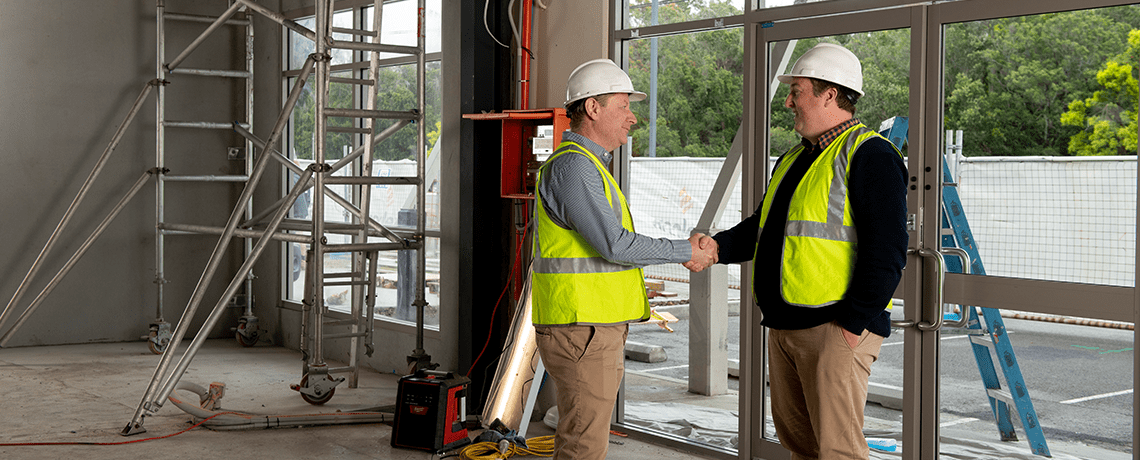Case studies
Our services
we have answers.
What is business turnaround?
Business turnaround is when a qualified professional is called in to assess an underperforming business and develop a strategy to improve business and avoid insolvency. There are many tactics that can be used to develop a business turnaround plan.
The key in any turnaround is to take action early. In this case, as in all cases, we worked with the business, its advisors, and its stakeholders to develop solutions in challenging and difficult situations with a positive end result.
Mitch Griffiths (Co-founder/ Director)
Industry
Construction
Background
A large residential construction firm had been on an aggressive growth path leading up to an economic slowdown in the local area. Combined with headwinds and the existing market forces at play, this led to a cash flow crisis. We were called in to review the company’s situation and determine the most appropriate response to its circumstances.
Core problem
To avoid downsizing the business, the directors attempted to diversify and enter into a development agreement with landowners to share in the proceeds once the houses were sold. This tied up a significant proportion of the company’s working capital and was preventing it from starting new projects as a result of Home Owners Warranty (HOW) restrictions.
The solution
After assessing the business’ viability, we advised a business stabilisation/turnaround plan and that then triggered safe harbour protection. Our role in implementing the plan involved:
- Determining current labour requirements and making cuts where needed
- Assisting with negotiations to exit the loss-making construction contracts
- Identifying non-core assets and arranging a sale to pay down bank debt and assist the working capital shortfall
- Negotiating a standstill agreement with the major financiers and assisting the CFO in negotiating a repayment plan for the ATO and other key suppliers
- Recommending changes to the management team and structure
- Eliminating unprofitable lines of business and unnecessary capital expenditure
- Improving their accounts receivable collection process
The outcome
As a result of accessing safe harbour and implementing the turnaround plan:
- The cash flow crisis was able to be managed appropriately
- Stakeholder relationships were restored with confidence and integrity
- The business was able to continue to trade and avoided a formal insolvency appointment
- Creditors were repaid in full, and the majority of employees remained employed. Staff that were made redundant were paid in full, and shareholder value was preserved
The business’ economic value was stabilised and it slowly returned to profitability. The strategic focus shifted from cash flow to profitability, return-on-equity and economic value-add.


